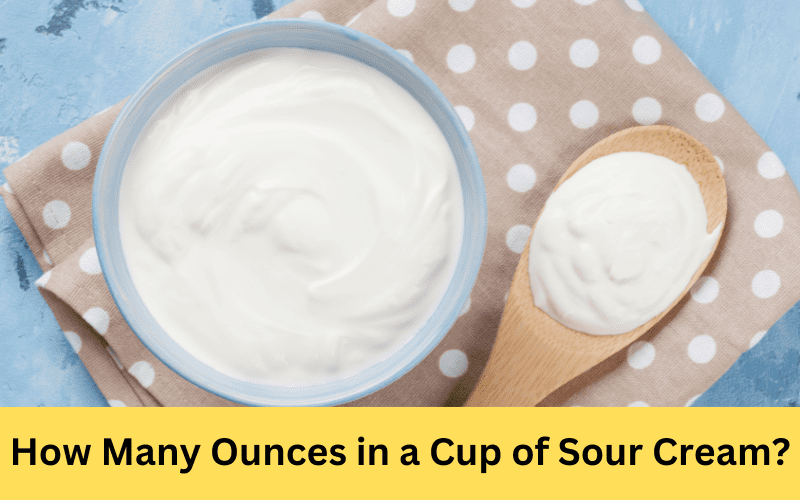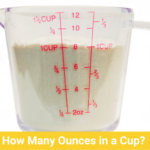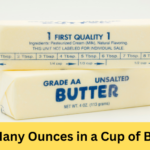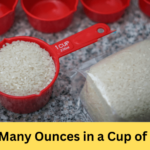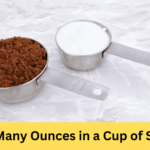Are you in the midst of a culinary adventure, with a recipe that calls for the perfect cup of sour cream? Wondering how many ounces in a cup of sour cream? Look no further, as we unveil the answer to your burning question: a cup of sour cream generally weighs around 8 ounces. But let’s dive deeper into how many ounces of sour cream in a cup and explore everything you need to know to master the art of measuring sour cream accurately. Get ready to elevate your cooking game with the right measurements that will unlock the tantalizing flavors of your favorite dishes!
Understanding Sour Cream Measurements
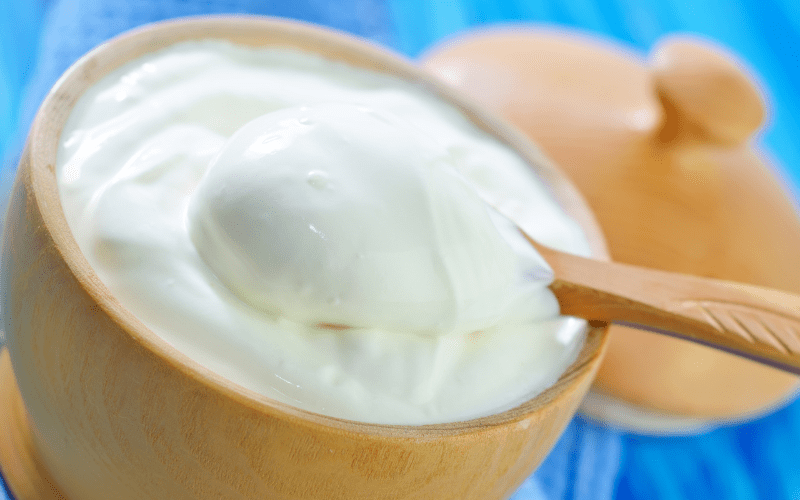
To comprehend how many ounces in a cup of sour cream, it’s essential to grasp the basics of measurement conversions. In cooking and baking, two common units of measurement for sour cream are cups and ounces.
Sour cream is typically measured in cups, tablespoons, and ounces. These measurements may vary depending on the region or country you are in. In the United States, the standard measurement for sour cream is usually done using cups and ounces.
Converting Cups to Ounces: The Basics
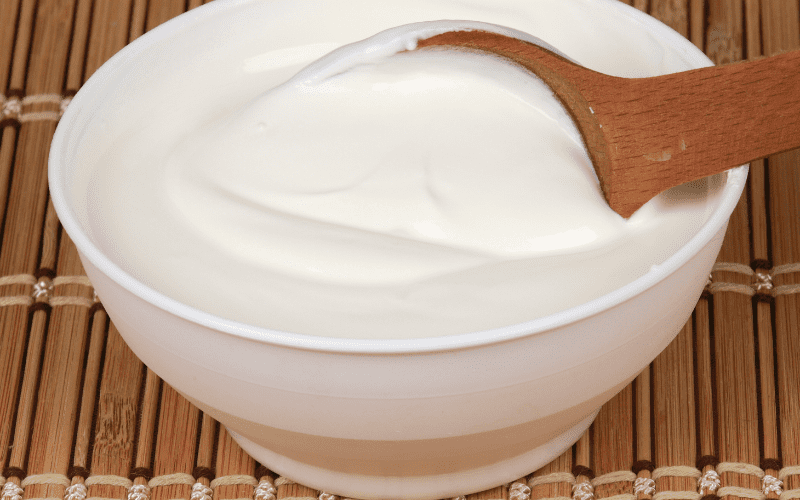
Before we answer the main question of how many oz of sour cream in a cup, let’s review the fundamental conversion between cups and ounces.
The precise conversion factor is that 1 cup is equal to 8 fluid ounces (fl oz). Keep in mind that this conversion applies to fluid measurements and not weight. For solids, the weight may differ depending on the density of the ingredient.
How Many Ounces in a Cup of Sour Cream?
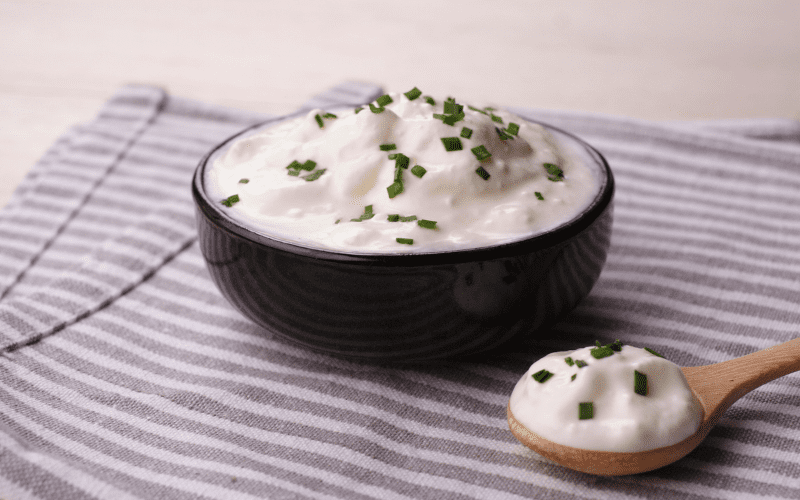
So, do you know how many ounces of sour cream in a cup?
A cup of sour cream generally weighs approximately 8 ounces. This measurement may vary slightly depending on the brand and consistency of the sour cream.
Read also:
- How Many Ounces In A Cup Of Butter?
- How Many Ounces In A Cup Of Cheese?
- How Many Ounces In A Cup Of Coffee?
Sour Cream Measurements: Common Conversions
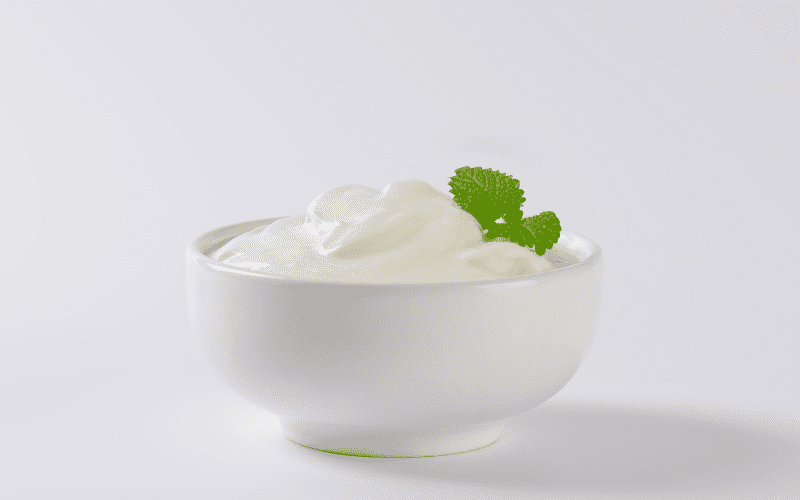
Now that we’ve unveiled the answer to the main question of how many ounces in a cup of sour cream, let’s explore some common sour cream measurement conversions that will further enhance your culinary prowess:
How many ounces of sour cream in 1 cup?
As mentioned earlier, you can rely on 1 cup of sour cream to provide you with approximately 8 ounces of this creamy delight.
How many ounces in a half cup of sour cream?
When you require half a cup of sour cream, you’ll need around 4 ounces to achieve the perfect balance of flavors.
How many ounces in 2 cups of sour cream?
For recipes demanding 2 cups of sour cream, you’ll need to measure out approximately 16 ounces, bringing a richness that tantalizes the taste buds.
How many ounces is 3 cups of sour cream?
If your recipe calls for 3 cups of sour cream, you will need approximately 24 ounces.
How many ounces is 6 cups of sour cream?
If you need 6 cups of sour cream for your recipe, you will require approximately 48 ounces. This substantial amount of sour cream will lend a creamy richness to your culinary creation, ensuring a delightful taste and texture.
The Importance of Accurate Measurements
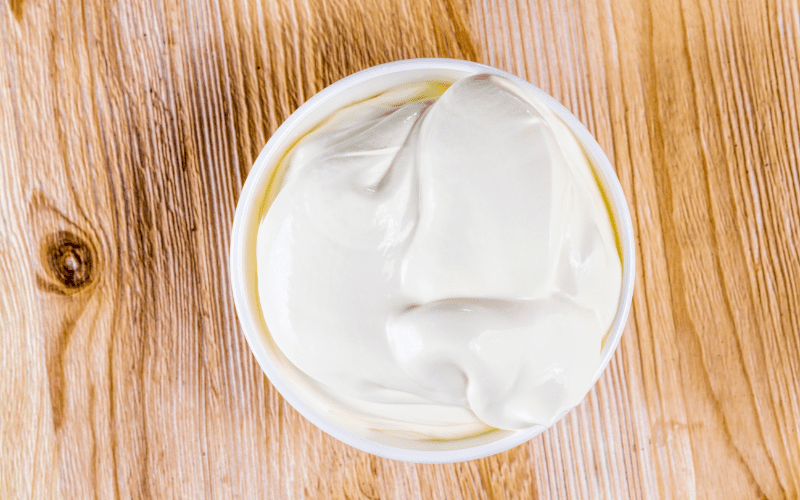
Here is a list highlighting the importance of accurate measurements:
- Recipe Success: Accurate measurements are crucial for achieving consistent and successful results in recipes. Precise amounts of ingredients ensure the intended flavor, texture, and overall outcome of the dish.
- Taste and Flavor Balance: Incorrect measurements can throw off the balance of flavors in a recipe. Too much or too little of an ingredient can significantly alter the taste and ruin the intended flavor profile.
- Texture and Consistency: Accurate measurements contribute to the desired texture and consistency of a dish. Whether it’s a cake, sauce, or dough, precise amounts ensure the right moisture level, tenderness, or thickness.
- Baking Science: Baking is a science that relies heavily on accurate measurements. The precise combination of ingredients and their ratios affect the chemical reactions that occur during baking, resulting in the desired rise, texture, and structure of baked goods.
- Reproducibility: Accurate measurements allow for reproducibility of recipes. If you enjoy a particular dish and want to recreate it in the future, precise measurements ensure that you can replicate the same delicious results.
- Nutritional Information: For those who are conscious of their dietary intake, accurate measurements are crucial for calculating the nutritional information of a recipe. This helps in tracking calories, macronutrients, and other dietary requirements.
- Time and Cost Efficiency: Accurate measurements help in minimizing wastage of ingredients. By using the exact amounts needed, you can avoid overusing expensive ingredients and reduce unnecessary expenses.
- Professional Standards: In professional culinary settings, accurate measurements are essential for maintaining consistency across different chefs and ensuring that the dishes meet the establishment’s quality standards.
- Food Safety: Precise measurements are crucial for ensuring food safety. Improper ratios of certain ingredients, such as leavening agents, can lead to foodborne illnesses or unsafe cooking practices.
- Personalization and Creativity: Accurate measurements serve as a solid foundation for experimenting and adding personal touches to recipes. Once you have mastered the basics, you can confidently modify and adapt recipes to suit your taste preferences.
Remember, accurate measurements are the cornerstone of successful cooking and baking. Taking the time to measure ingredients precisely will greatly enhance your culinary skills and the overall enjoyment of your homemade creations.
Tips for Measuring Sour Cream Accurately
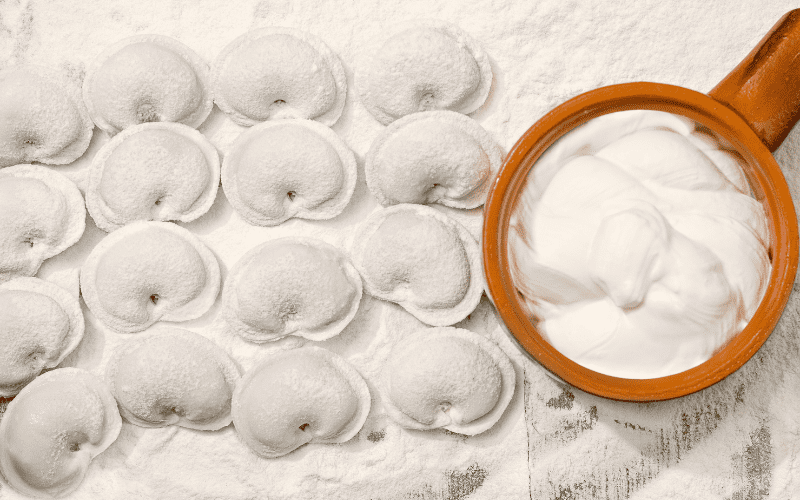
To ensure precise measurements when working with sour cream, consider the following tips:
- Use a liquid measuring cup: Since sour cream has a semi-liquid consistency, it’s best to measure it using a liquid measuring cup. These cups have a spout and are specifically designed for measuring liquids.
- Level the sour cream: When measuring sour cream, use a flat edge (like a spatula) to level off the top, ensuring an accurate amount.
- Adjust for recipe requirements: If a recipe calls for a specific weight of sour cream rather than a cup measurement, it’s advisable to use a kitchen scale for more precise results.
Recipes Using Sour Cream
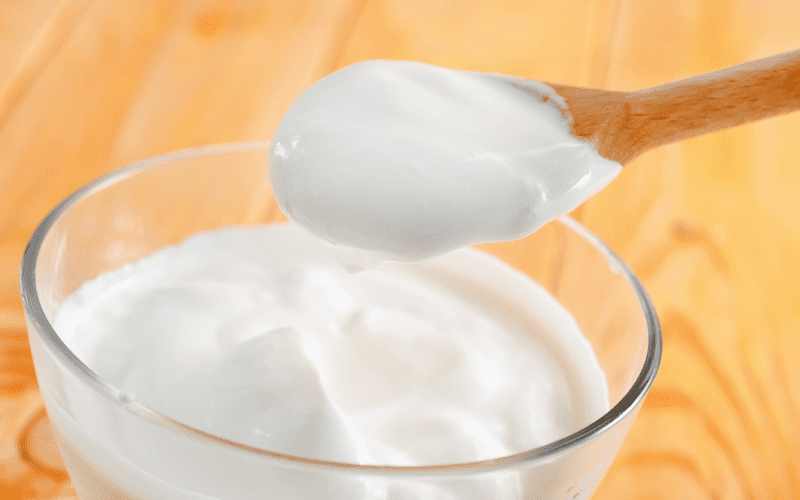
Sour cream adds a creamy and tangy flavor to many recipes. Here are a few popular dishes that use sour cream:
- Sour Cream and Onion Dip: A classic party dip made with sour cream, onions, and various seasonings.
- Sour Cream Pancakes: Fluffy and delicious pancakes made with sour cream for added moisture and richness.
- Baked Potato with Sour Cream: A simple yet satisfying dish where baked potatoes are topped with a dollop of sour cream and other toppings like cheese and chives.
- Sour Cream Coffee Cake: A moist and tender cake with a cinnamon streusel topping, often enjoyed with a cup of coffee.
Substituting Sour Cream in Recipes
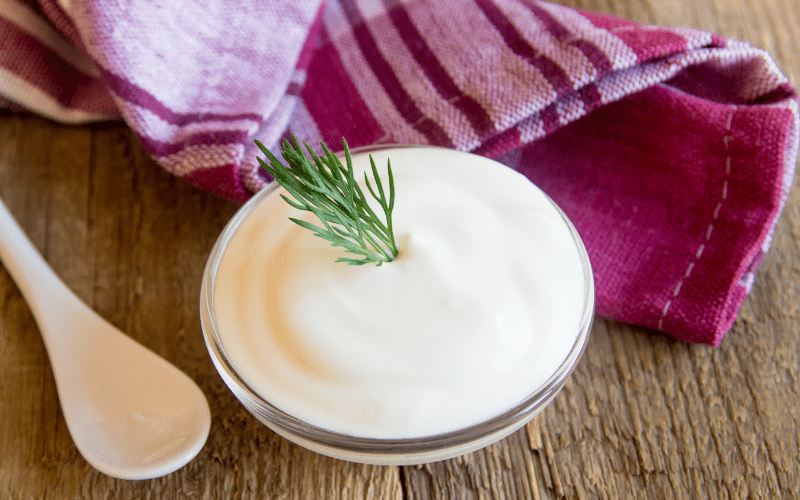
If you don’t have sour cream on hand, or if you’re looking for a healthier alternative, you can substitute it with other ingredients. Some common substitutes for sour cream include:
- Greek yogurt: It has a similar tangy flavor and creamy texture to sour cream.
- Buttermilk: It adds moisture and tanginess to recipes, especially in baking.
- Cottage cheese: When blended, it can be used as a substitute for sour cream in certain dishes.
Remember to adjust the quantities accordingly based on the specific substitute you choose.
Storing Sour Cream Properly
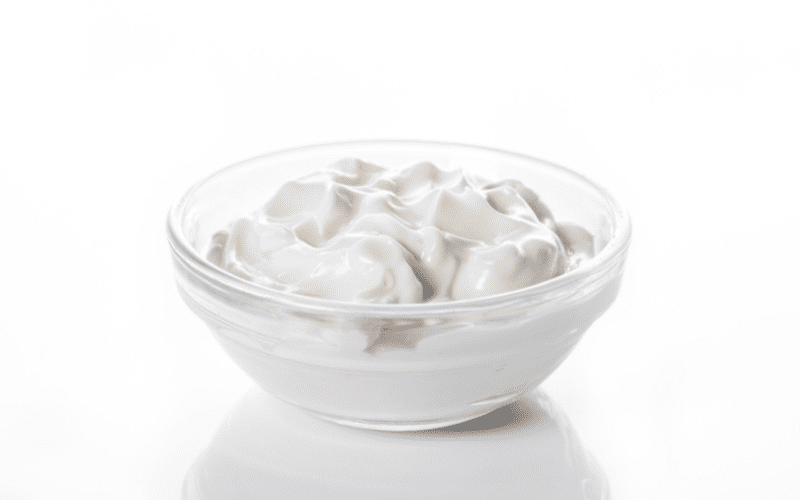
To maintain the freshness and quality of sour cream, it’s important to store it properly. Here are some guidelines:
- Refrigerate immediately: Sour cream should be refrigerated as soon as possible after purchase or use. Keep it in the coldest part of the refrigerator, usually the back.
- Check the expiration date: Always check the expiration date before using sour cream. Discard any sour cream that has expired or shows signs of spoilage.
- Seal tightly: Ensure the container is tightly sealed to prevent air and other odors from affecting the flavor of the sour cream.
- Use a clean utensil: When scooping sour cream from the container, use a clean utensil each time to avoid cross-contamination.
FAQs
Can I freeze sour cream?
Freezing sour cream is not recommended as it can alter the texture and consistency. It may separate and become watery when thawed.
Can I use reduced-fat sour cream instead of regular sour cream?
Yes, you can substitute reduced-fat sour cream in most recipes. However, keep in mind that it may affect the taste and texture slightly.
Is sour cream the same as crème fraîche?
While both sour cream and crème fraîche are cultured dairy products, they have slight differences in terms of fat content and taste. Crème fraîche has a higher fat content and a milder, less tangy flavor.
Can I make my own sour cream at home?
Yes, you can make sour cream at home using heavy cream and a starter culture like buttermilk or yogurt. There are many recipes available online for homemade sour cream.
How long does sour cream last once opened?
Once opened, sour cream can last for about 1 to 2 weeks in the refrigerator, depending on the brand and storage conditions. Always check the expiration date and discard if there are any signs of spoilage.
Are there any dairy-free alternatives to sour cream?
Yes, there are several dairy-free alternatives to sour cream, such as coconut milk-based or cashew-based sour cream substitutes. These can be found in many grocery stores or made at home using plant-based ingredients.
Can I use reduced-fat or fat-free sour cream instead of regular sour cream in recipes?
Yes, you can substitute reduced-fat or fat-free sour cream for regular sour cream in most recipes. However, keep in mind that the taste and texture may differ slightly.
Related post:
- How Many Ounces In A Cup?
- How Many Ounces In A Quarter Cup?
- How Many Ounces In 2 Cups?
- How Many Ounces In 5 Cups?
Conclusion
Knowing how many ounces in a cup of sour cream is essential for accurate recipe measurements. By following the conversions and tips provided in this article, you can confidently measure sour cream and create delectable dishes with precise amounts. Enjoy experimenting with sour cream in various recipes and let your culinary skills shine!

